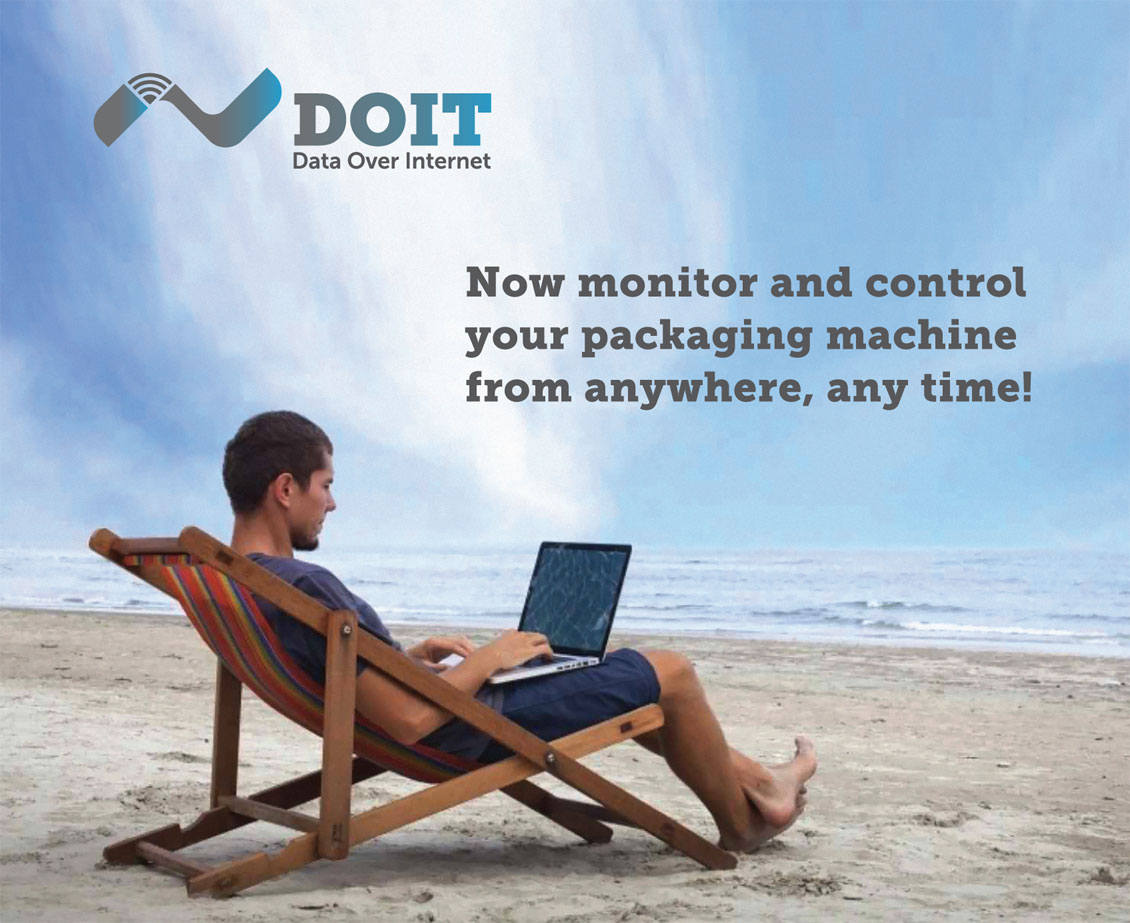Nichrome Data Over Internet(NDOIT)
The Internet of Things makes possible a world of instant data collection and analysis, communication, and sensor gathering via hardware, software, networks, standards, and technology innovations.
Data Logging is the delivery of computing as a service rather than a product, whereby shared resources, software, and information are provided to computers and other devices as a utility over a network (typically the Internet).
Clouds can be classified as public, private or hybrid. Data logging, or in simpler shorthand just "the cloud", also focuses on maximizing the effectiveness of the shared resources. Cloud resources are usually not only shared by multiple users but are also dynamically reallocated per demand. This can work for allocating resources to users. For example, a Data Logger facility that serves users during business hours with a specific application (e.g., email) may reallocate the same resources to serve different users during their business hours with a different application (e.g., a web server). This approach should maximize the use of computing power thus reducing environmental damage as well since less power, air conditioning, rack space, etc. are required for a variety of functions. With Data logging, multiple users can access a single server to retrieve and update their data without purchasing licenses for different applications. Proponents claim that cloud computing allows companies to avoid upfront infrastructure costs, and focus on projects that differentiate their businesses instead of on infrastructure.

Cost saving for cloud consumers
Opting for the cloud helps a business save money in several ways. For instance, it eliminates the necessity to invest in storage hardware and other physical infrastructure like servers. Besides, a business does not need to hire technical personnel to maintain and service the infrastructure. With cloud service, you pay after certain duration of time depending on the plan.
Focusing on core business
In the past, business enterprises which needed large storage spaces found it necessary to hire IT professionals who managed and maintained the infrastructure. Cloud Computing is however convenient in the sense that you only concentrate on what means most to you. Since your applications will be run over the internet, you do not have to worry about technical problems and other inconveniences associated with physical unified storage solution spaces. Additionally, you do not have to worry about backup which gives you peace of mind and time to run your business effectively.
Performance and support
One of the things which make data logging so popular to business enterprises is the fact that all your software and applications update automatically. If the business is going to use shared apps, the employees can sync up their documents so that it looks like they were working from a single office room.
Motivation for current research
Data Logging is gaining popularity across a variety of industries for basic business support functions. In fact, many industries are now viewing data logging in the context of how it can help them to get optimum output. Data logging makes easy fault finding of machines with the help of parameter history. We can analyze or predict breakdown.
Monitoring
The main objective of data logging is that it should properly identify and monitor the machine behavior through parameter history.
The users should realize whether the system under their use is fully functional or not. If not, possible solutions to the issue should be provided. The privacy of the users and the service providers should not be compromised in any way during this process. Monitoring will be undertaken to observe the resources under use, virtual machine (instances created), and the time it takes to complete processing the task.

- Possible to monitor each and every parameter of machine.
- Data can be available for specific month, week and date or time duration.
- Useful for fault finding, alarm history, monitoring trend, monitoring production.
Food
- Snacks & Namkeen Packaging Machine
- Ready-to-Eat Food Packaging Machine
- Grains & Seeds Packaging Machine
- Milk & liquids Packaging Machine
- Powder Packaging Machine
- Spice Packaging Machine
- Coffee Packaging Machine
- Sugar Packaging Machine
- Oil Packaging Machine
- Salt Packaging Machine
- Tea Packaging Machine

